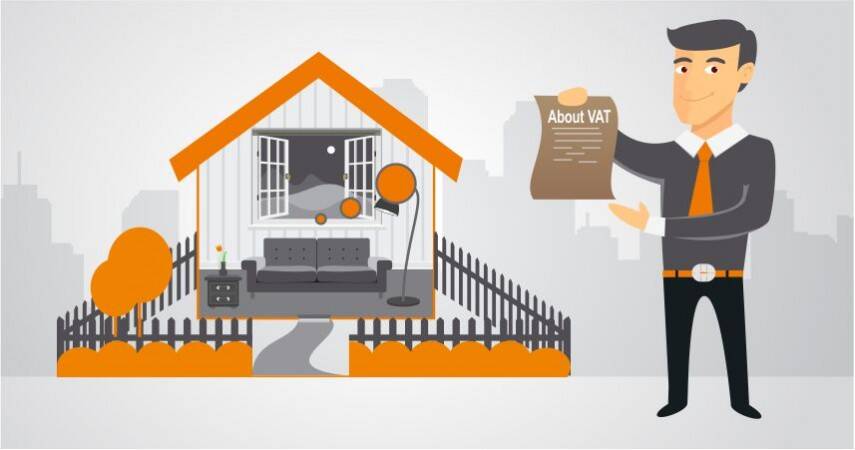Home buyers weren’t spared from VAT and thus one needs to pay VAT while purchasing a property. However, there is great confusion about who and how much VAT one needs to pay among new home buyers. This is generally due to the lack of knowledge among home buyers about the overall VAT structure.
We have put together some key points on how to compute VAT for your property:
What is VAT and when is it charged:
Value added tax is a tax on the amount by which the value of an article has been increased at each stage of its production or distribution. Hence, VAT is charged in each production stage of commodities whenever its value is increased. VAT being a state subject, is collected by the state Government.
VAT on Property: who needs to pay and who doesn’t?
VAT is charged for under-construction properties only. So, if you are purchasing a resale property, relax. You won’t be charged VAT for the resale property. Once a project is issued a completion certificate, its developer, as well as home buyers, aren’t liable to pay VAT.
VAT is supposed to be paid by the developers. However, one should clearly read the sale agreement for more clarity on this subject. Many developers nowadays mention in the sale agreement that the home buyer needs to pay the VAT. so carefully read the agreement to avoid conflicts at a later stage.
How to compute VAT for a property:
Percentage of the total amount charged as VAT various from state to state in the country. VAT is generally some percentage of the total cost incurred by the developer to build the project minus the land cost. Consider an example to understand computation of VAT in a better way:
Let's assume that the state of Karnataka charges 2 percent of the total project cost, excluding the land cost as VAT. so, if the total project cost spent by the developer is Rs 50 crores and the land cost stands at Rs 10 crores, then, 2 percent of Rs 40 crores will be charged as VAT from the developer. The developer then splits this VAT amount among the home buyers for its payment.







